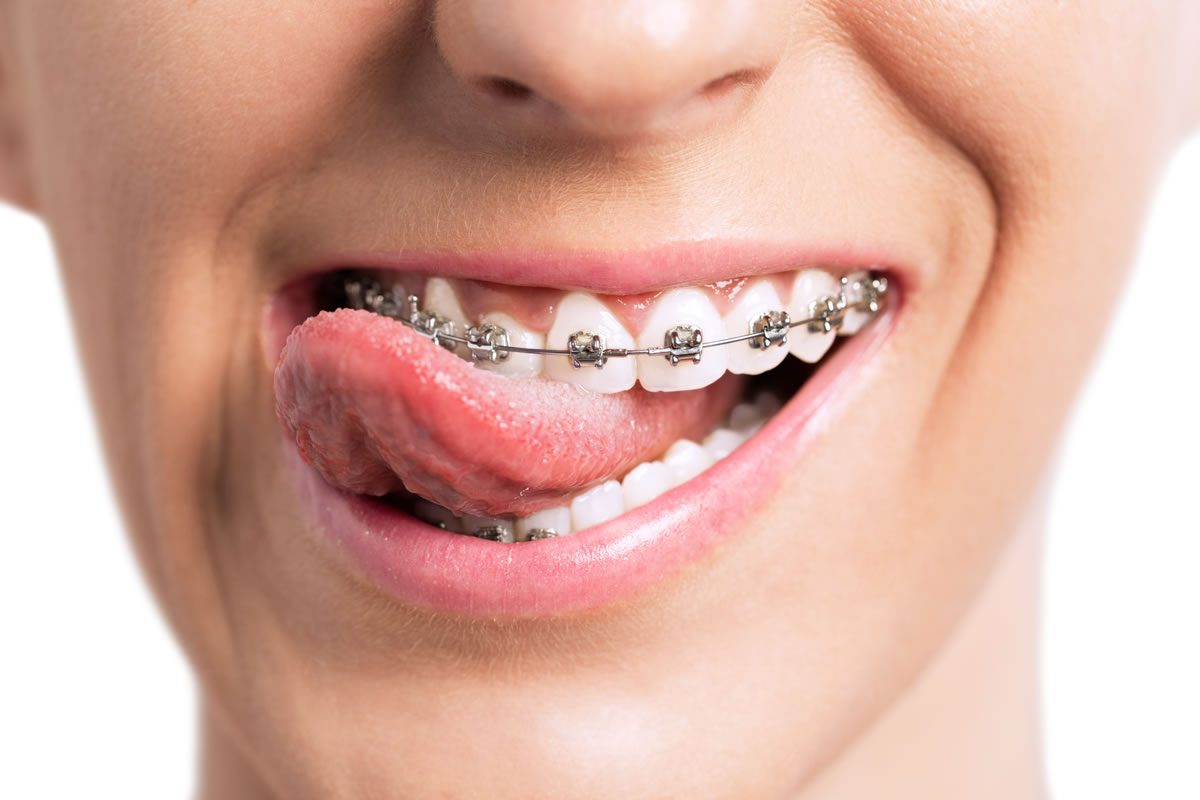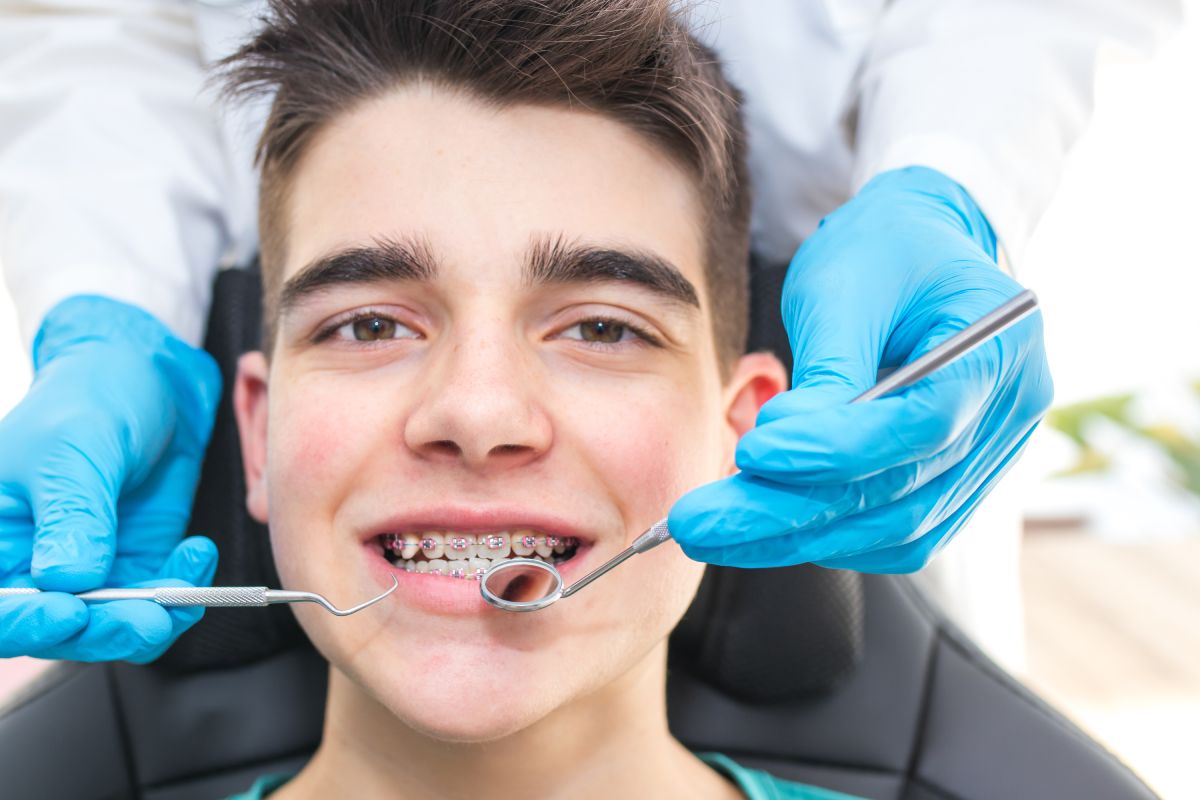The Basic Principles Of Causey Orthodontics
Wiki Article
Causey Orthodontics Fundamentals Explained
Table of ContentsThe 8-Minute Rule for Causey OrthodonticsFascination About Causey Orthodontics3 Simple Techniques For Causey OrthodonticsThe 4-Minute Rule for Causey OrthodonticsThe 10-Minute Rule for Causey Orthodontics
Neglecting occlusal connections, it was normal to remove teeth for a range of oral issues, such as malalignment or overcrowding. The concept of an intact teeth was not commonly valued in those days, making bite connections seem irrelevant. In the late 1800s, the principle of occlusion was crucial for producing reliable prosthetic substitute teeth.As these concepts of prosthetic occlusion proceeded, it ended up being a vital tool for dental care. It was in 1890 that the job and effect of Dr. Edwards H. Angle began to be felt, with his contribution to modern-day orthodontics particularly significant. Focused on prosthodontics, he educated in Pennsylvania and Minnesota before routing his focus in the direction of dental occlusion and the therapies required to preserve it as a normal condition, therefore becoming known as the "daddy of modern orthodontics".

The concept of perfect occlusion, as postulated by Angle and included into a classification system, enabled a change in the direction of treating malocclusion, which is any discrepancy from normal occlusion. Having a complete collection of teeth on both arches was highly demanded in orthodontic therapy because of the need for exact relationships between them.
The Best Strategy To Use For Causey Orthodontics
As occlusion ended up being the vital concern, face proportions and visual appeals were disregarded - family orthodontics. To attain optimal occlusals without making use of external pressures, Angle proposed that having ideal occlusion was the ideal method to get optimum facial appearances. With the death of time, it became rather evident that even a remarkable occlusion was not suitable when thought about from a visual point of viewCharles Tweed in America and Raymond Begg in Australia (that both researched under Angle) re-introduced dental care extraction into orthodontics throughout the 1940s and 1950s so they might improve face esthetics while also guaranteeing much better stability concerning occlusal relationships. In the postwar period, cephalometric radiography started to be made use of by orthodontists for measuring adjustments in tooth and jaw placement brought on by development and treatment. It became evident that orthodontic therapy might adjust mandibular advancement, causing the development of practical jaw orthopedics in Europe and extraoral force measures in the US. Nowadays, both practical home appliances and extraoral tools are applied around the globe with the aim of changing development patterns and types. Seeking true, or at least improved, jaw partnerships had actually ended up being the main purpose of therapy by the mid-20th century.
Fascination About Causey Orthodontics
 The American Journal of Orthodontics was produced for this function in 1915; before it, there were no clinical goals to adhere to, nor any kind of accurate category system and braces that lacked functions. Till the mid-1970s, dental braces were made by wrapping steel around each tooth. With innovations in adhesives, it came to be possible to rather bond steel brackets to the teeth.
The American Journal of Orthodontics was produced for this function in 1915; before it, there were no clinical goals to adhere to, nor any kind of accurate category system and braces that lacked functions. Till the mid-1970s, dental braces were made by wrapping steel around each tooth. With innovations in adhesives, it came to be possible to rather bond steel brackets to the teeth.Andrews offered an insightful meaning of the optimal occlusion in irreversible teeth. This has actually had significant impacts on orthodontic therapies that are administered consistently, and these are: 1. Correct interarchal connections 2. Right crown angulation (pointer) 3. Correct crown disposition (torque) 4. No turnings 5. Limited contact points 6. Flat Curve of Spee (0.02.5 mm), and based on these concepts, he uncovered a therapy system called the straight-wire device system, or the pre-adjusted edgewise system.
The advantage of the style hinges on its bracket and archwire combination, which calls for just minimal cable flexing from the orthodontist or medical professional (orthodontist services). It's appropriately called hereafter function: the angle of the port and density of the brace base inevitably establish where each tooth is positioned with little demand for extra adjustment
The 8-Minute Rule for Causey Orthodontics
Both of these systems used similar brackets for each and every tooth and demanded the bending of an archwire in 3 airplanes for locating teeth in their wanted settings, with these bends dictating utmost placements. When it involves orthodontic devices, they are split right into two kinds: removable and dealt with. Detachable home appliances can be tackled and off by the client as needed.
Thus, nearly all modern-day set home appliances can be considered variations on this edgewise device system. Early 20th-century orthodontist Edward Angle made a major payment to the globe of dentistry. He created four distinctive appliance systems that have actually been made use of as the basis for several orthodontic treatments today, disallowing a couple of exceptions.
The Greatest Guide To Causey Orthodontics

The cable ended in a thread, and to relocate onward, a flexible nut was utilized, which permitted an increase in area. By ligation, each private tooth was connected to this large archwire (orthodontist expert). As a result of its restricted variety of activity, Angle was not able to achieve specific tooth placing with an E-arch
These tubes held a soldered pin, which can be rearranged at each visit in order to relocate them in area. Called the "bone-growing home appliance", this gizmo was supposed to motivate healthier bone growth as a result of its possibility for transferring pressure directly to the origins. Implementing it verified troublesome in fact.
Report this wiki page